Molecular Gastronomy: Redefining Culinary Practices
Molecular gastronomy is a multidimensional discipline, bridging the gap between science and cooking, thus revolutionizing food presentation and taste. It is playing a leading role in transforming dining experiences globally - from professional high-end cuisine and home cooking to food companies.
The Fundamental Principles of Molecular Gastronomy
Molecular gastronomy is a discipline that focuses on the physical and chemical transformations of ingredients that occur while cooking. It uses scientific principles to manipulate the taste and appearance of food creating a unique dining experience. The core principles of molecular gastronomy rest on the understanding of how different cooking methods affect foods on a molecular level.
The Intersection of Science and Cooking
By introducing scientific principles, molecular gastronomy pushes boundaries of traditional cooking methods. An example of such crossover is the use of 'sous vide', a method where food is vacuum-sealed in a bag, then cooked to a precise temperature in a water bath. This process helps retain juices, ensuring evenly cooked meals.
Reshaping Food Presentation and Taste
This science-based cooking heightens sensory experience by manipulating the taste, texture, and presentation of dishes. Such as, the development of 'culinary foam', an infusion of flavor in a light, airy substance, popularized by renowned Chef Ferran Adria.
Influence in Culinary Practices
Molecular gastronomy is significantly transforming cuisine, home cooking, and food companies. Professional chefs create unique, memorable dishes that are visually interesting and delicious. Home cooks too are experimenting with this science, by making balsamic vinegar pearls or homemade sweet foams. Food companies are also leveraging this practice to improve the taste and texture of their products.
Enhancing Flavours and Textures
By knowing the precise cooking temperature and methods, molecular gastronomy lets chefs manipulate ingredients to enhance their natural flavors and textures. Even the once humble mashed potatoes reach new heights of creaminess and intensity when prepared with the precision of molecular gastronomy.
Popular Techniques and Recipes
Some popular techniques include spherification, creating spherical forms of liquids, and gelification, which gives a gel-like consistency to ingredients. A famous example is the “olive spherification” by Ferran Adria, who recreated the texture and shape of an olive, using its own juice.
Consideration of Criticisms
Despite its popularity, molecular gastronomy is not without controversy. Critics argue that it devalues traditional cooking methods and could lead to a synthetic way of consuming food. However, advocators of the field rebut this by stating that understanding the science behind cooking leads to improving traditional recipes, not replacing them.
The Future Scope and Its Impact
Molecular gastronomy continues to push boundaries, redefining our understanding of cooking. It opens a plethora of possibilities in culinary arts, from creating new textures and flavors to making food more sustainable. With the increase of culinary science courses in culinary schools, molecular gastronomy is set to influence future generations of chefs and reshape the culinary landscape.
From Michelin-starred restaurants to home kitchens and food enterprises, molecular gastronomy is transforming our approach to food. As we continue to explore and advance in this intersection of science and cooking, we will undoubtedly witness further gastronomic innovations that will engage our senses and push the boundaries of edible art.
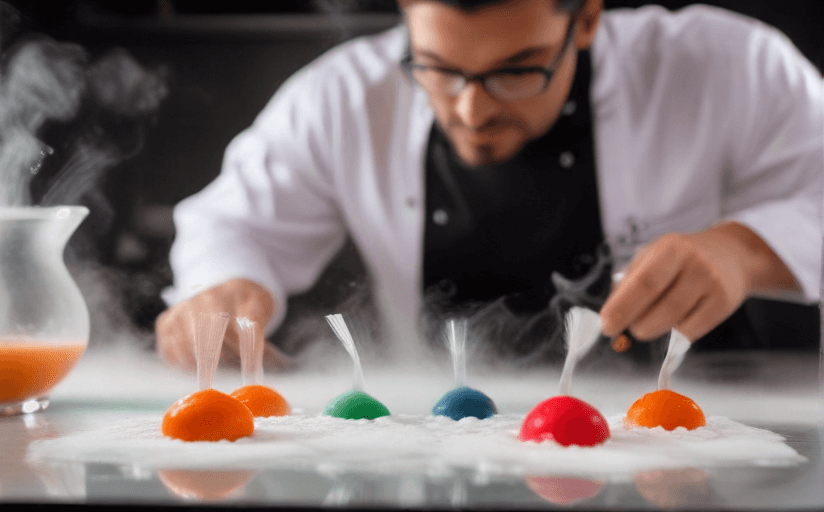
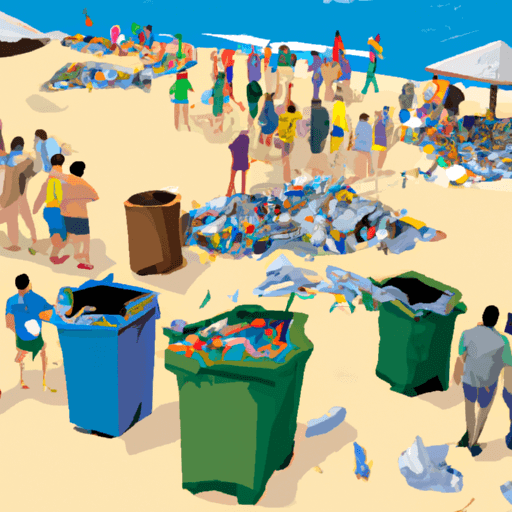




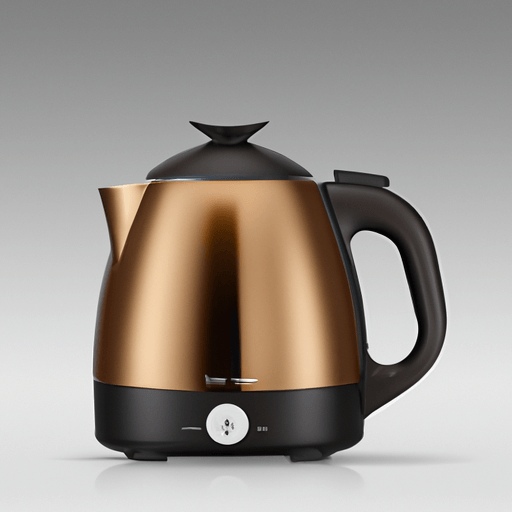




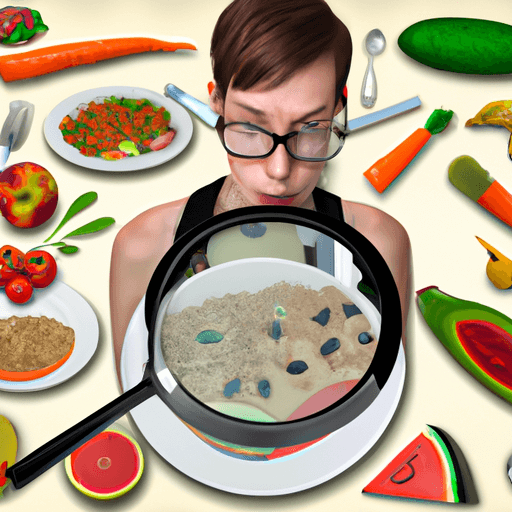
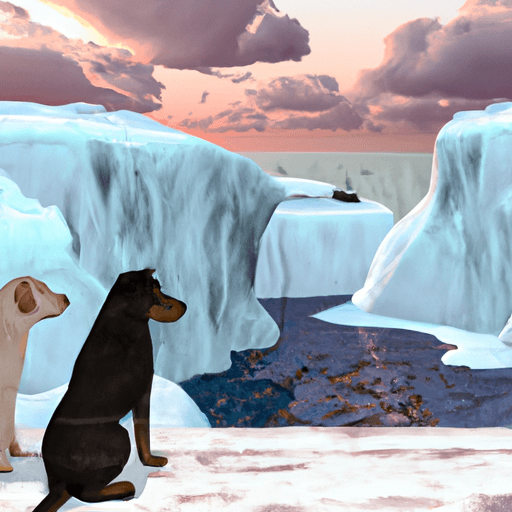

Comments
Leave a Comment